Visiting Lakanto’s Monk Fruit Farms

What is Lakanto and how is it made? What is Monk Fruit and where is it farmed? Do we use any pesticides or is it a natural process? To answer these and other questions, join us on our visit to Lakanto’s Monk Fruit farms in Guilin, China.
Farming in the mountains, away from the city
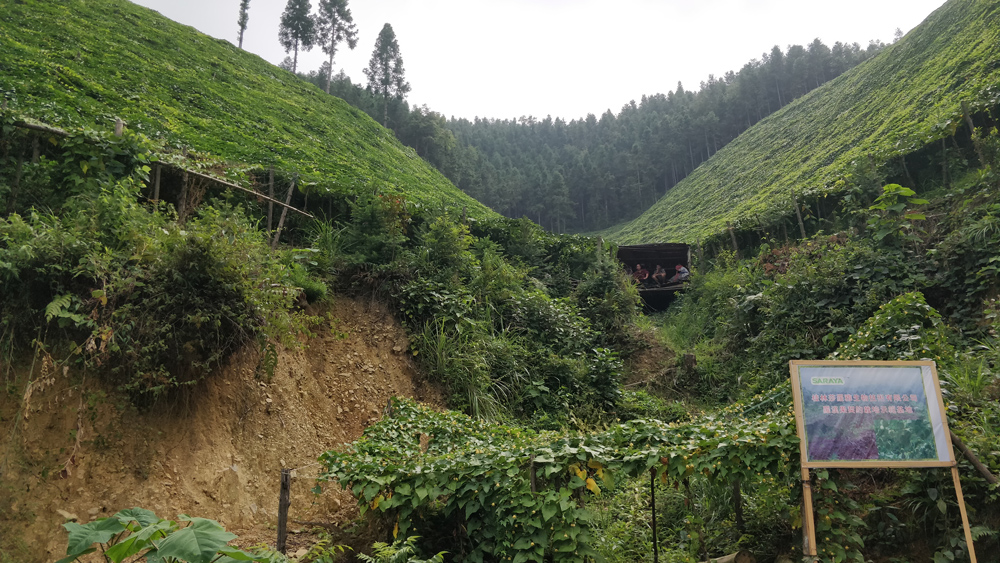 |
| Saraya’s Monk fruit farm, located up in the mountains to ensure the best taste. |
Monk Fruit or Luo Han Guo, a small round fruit from the gourd family, is a fruit prized for its sweetness and healing capabilities, discovered by the Luo Han monks over 1000 years ago. Primarily grown in Southern Asia, monk fruit grows in very select elevations and conditions, requiring high rainfall, high humidity and a high-temperature difference between day and night. To find a place with these characteristics, the Saraya plantations are situated 2 hours away from the nearest city center, a long ride through narrow roads in the mountains, avoiding not only the pollution of the city but using the steep slopes of the mountain to prevent pests, contamination and flood damage while providing optimal sunlight for the plants to grow.
 |
| Views from one of the farms, surrounded by mountains. |
On these pristine locations, each fruit is pollinated, grown and harvested by hand, without pesticides, using traditional methods that permit the purest flavor of the fruit while supporting the local economy with jobs and the continuation of the local farmer traditions.
Looking for the sweetest fruits in the farm
 |
| When visiting the farm, the monk fruit was still early for harvest, exhibiting a bright, strong green color. |
The best time for harvesting monk fruit is when the fruit has a slightly yellow colour, ensuring its maximum sweetness- 300 times the sweetness of sugar! That being said, the fruit also has a strong bitterness that makes it unsuitable for direct consumption, reducing its direct use for teas and medicine. At Lakanto, we extract the sweetening molecules of the fruit called mogrosides and produce two levels of a concentration: a 30% concentration that is 150x sweeter than sugar, and a 50% one that is 300x sweeter.
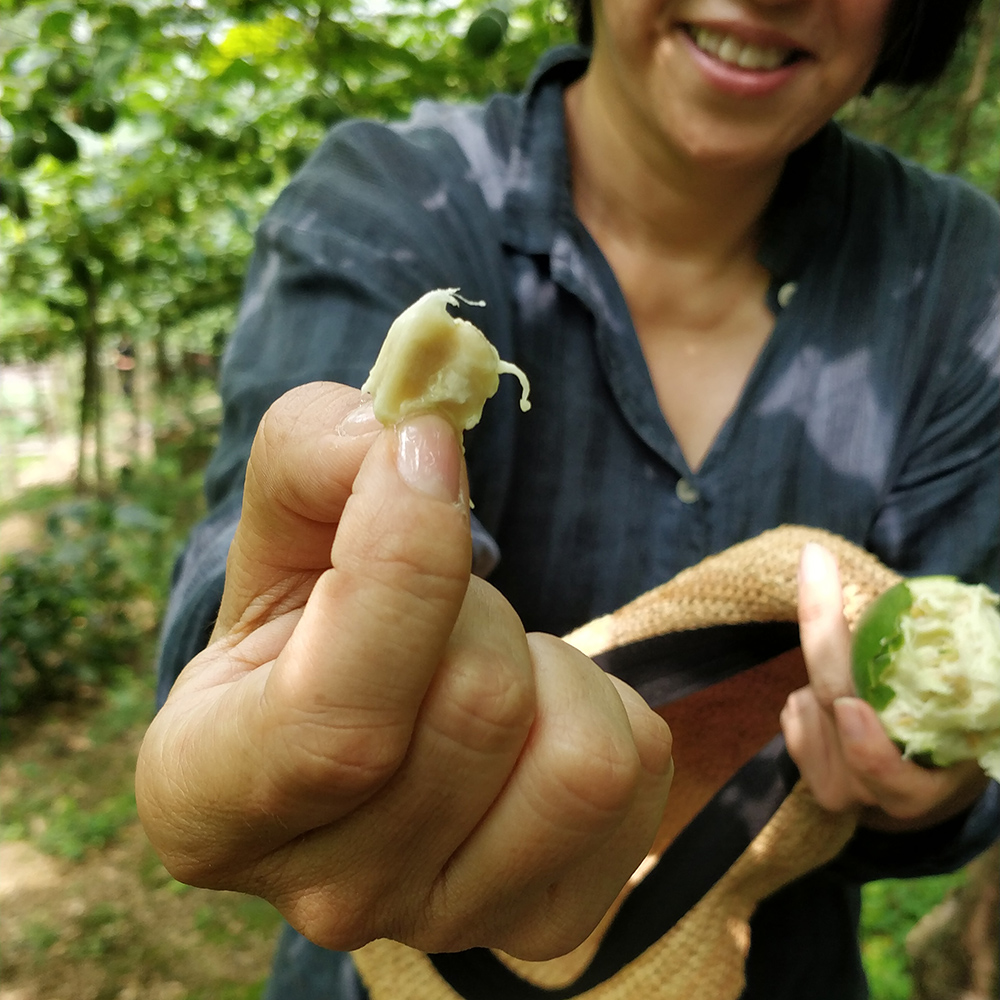 |
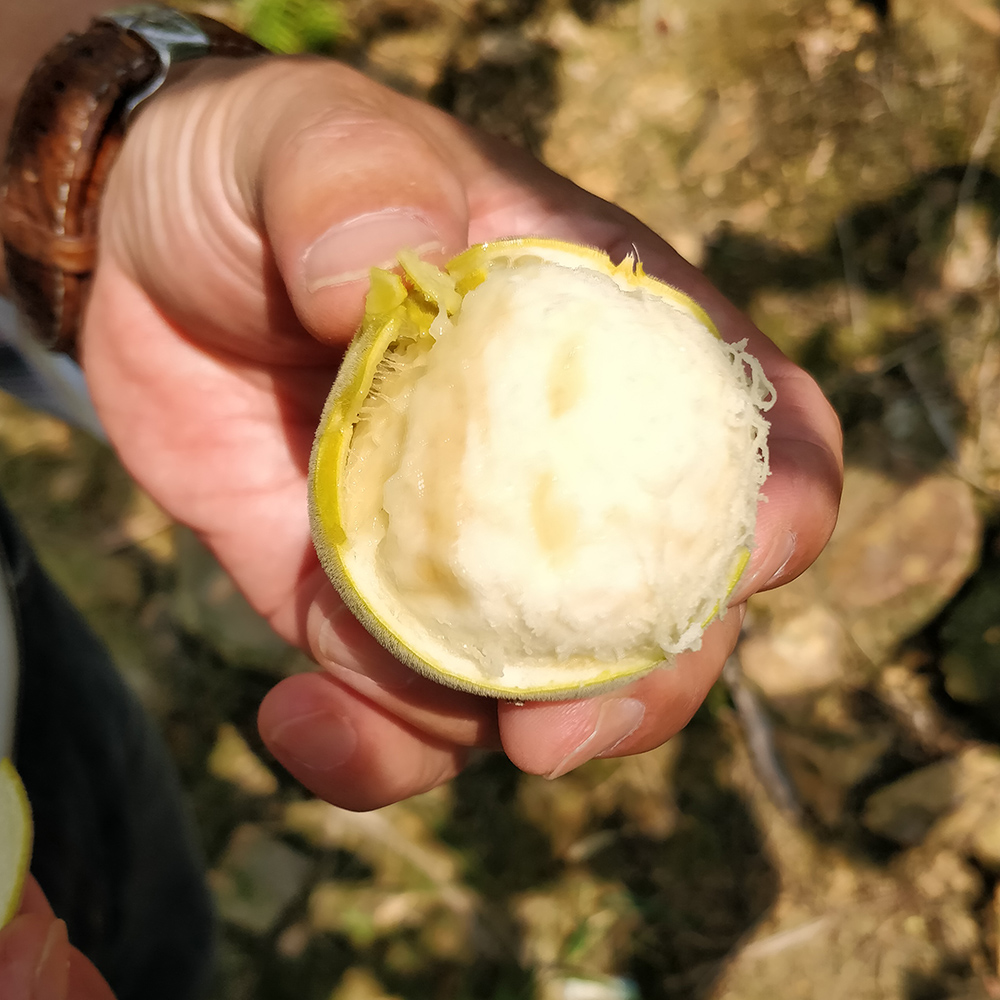 |
| With at outer appearance similar to a kiwi, the bitterness only lets you hint the sweetness behind it. | A more mature, golden monk fruit has a much sweeter taste, but it is still not something that you would regularly eat. |
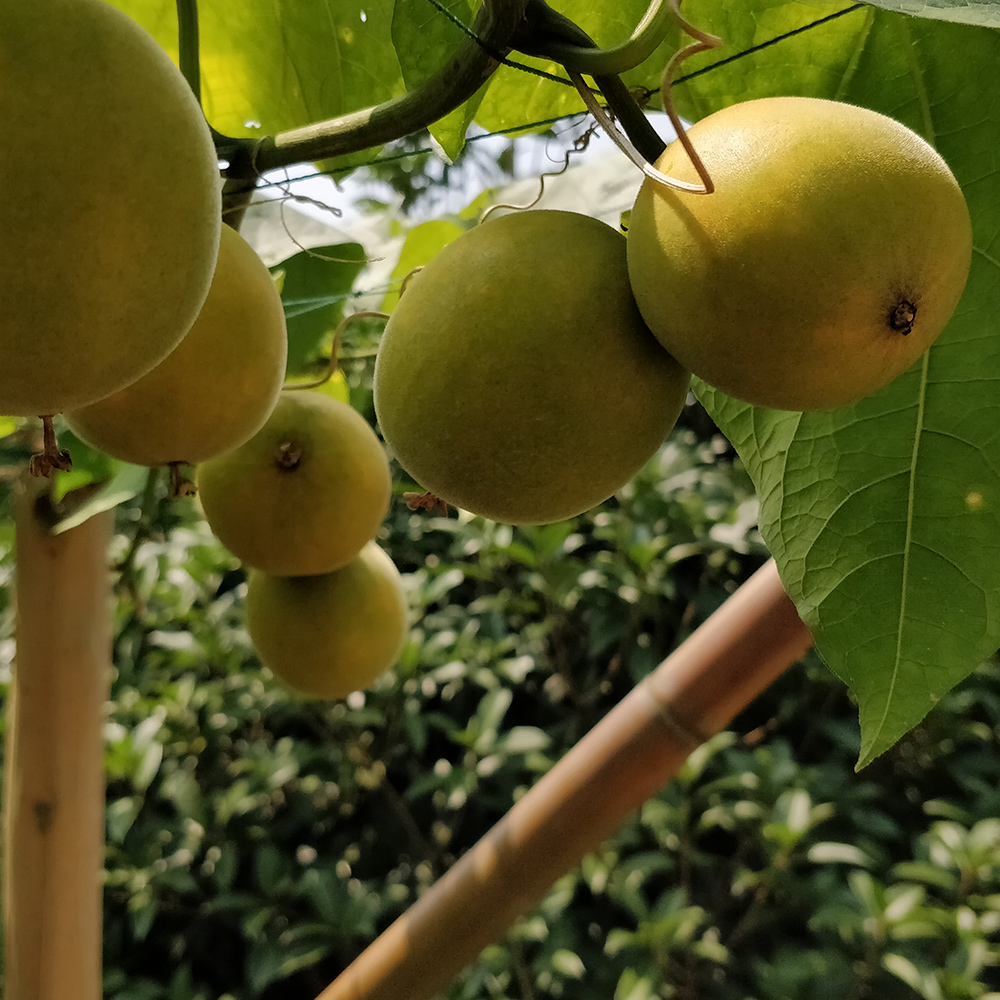 |
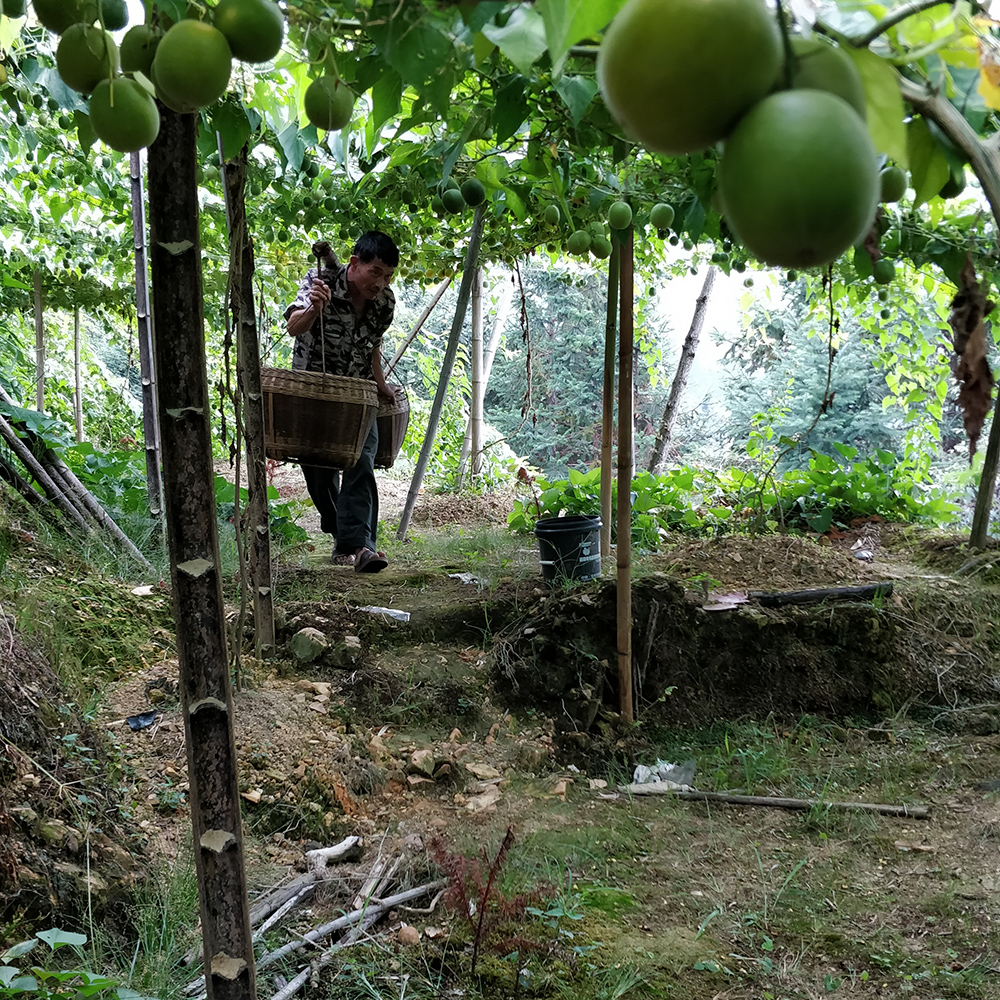 |
| Although in photos and illustrations green monk fruit may be used, the fruit is best when golden colours appear. | Farmer transporting the fruit with baskets. As the farms are in steep slopes, any machinery would only reach the entrance by the road. |
A zero-emission factory that maintains the freshness
After the harvest of monk fruit, all the fruits are transported to our zero-emission factory, which is close enough to the fields in order to maintain the freshness of the fruits. The fresh fruit is then inspected, washed, crushed and slowly stepped in hot water. The sweet juice is filtered to remove fructose, sucrose and flavor-altering proteins, leaving only the mogroside behind, which is condensed and dehydrated to make a high purity monk fruit extract.
From the residual pulp, a natural hand scrub is made and the rest is composted and redistributed to local farms.
We are always working to further reduce our waste.
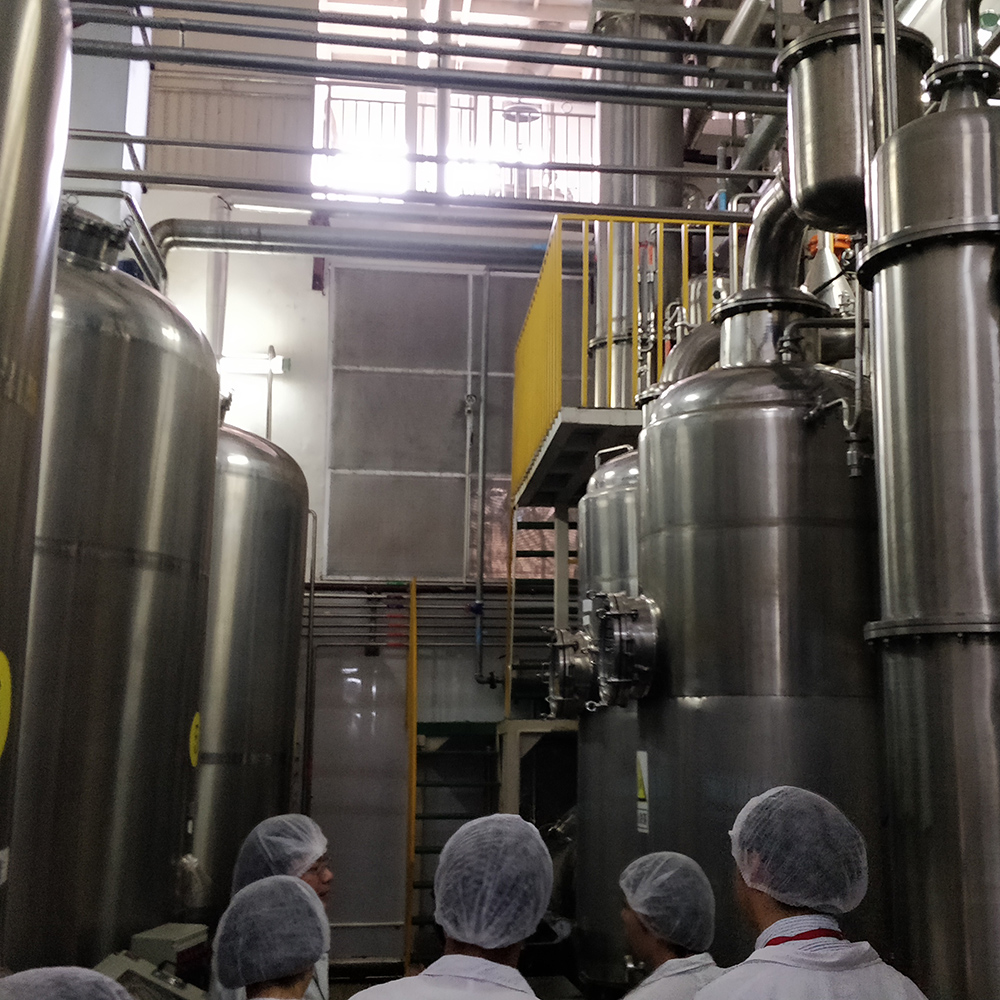 |
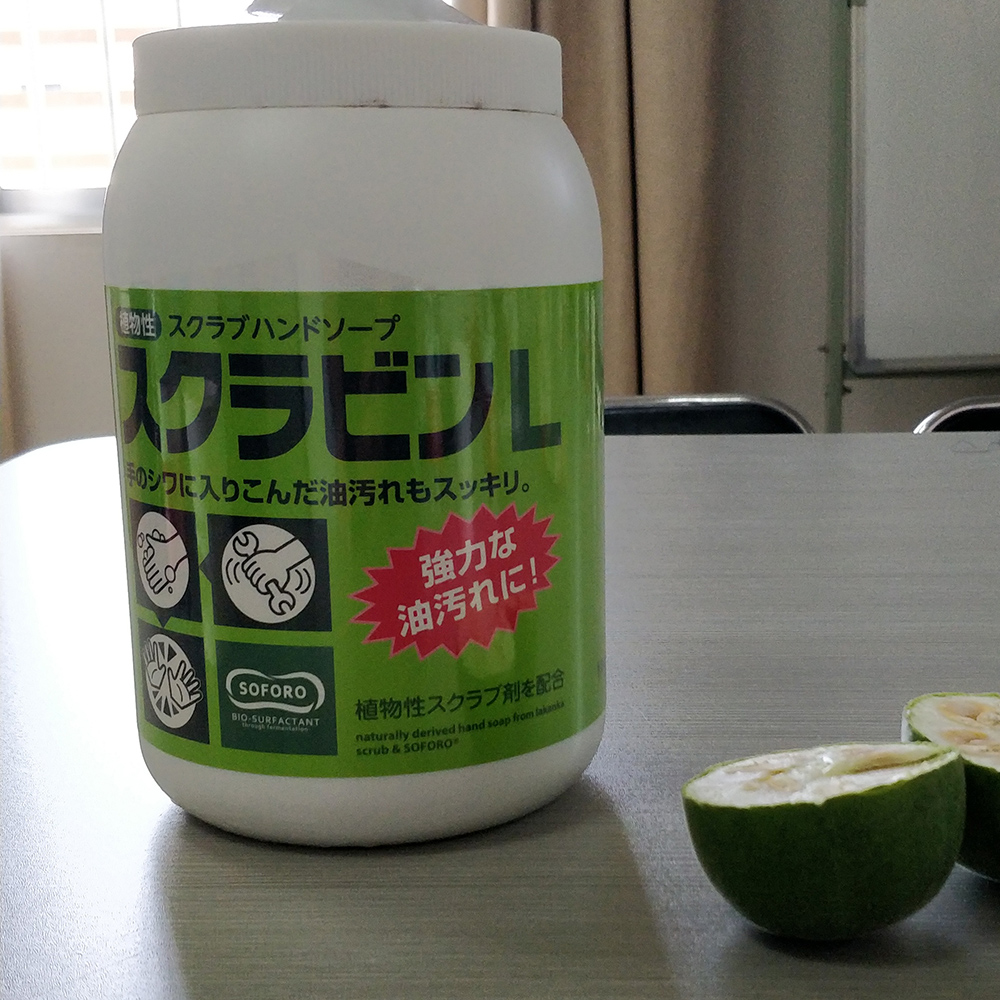 |
| We were able to visit the factory thanks that it was not being used on that day! Normally we wouldn’t be able to access it due to hygienic reasons. | Our natural hand scrub made from residual pulp. |
From the high purity monk fruit extract, we finally proceed to make several sweeteners and sweetened products, with Lakanto Monkfruit Sweetener at the center of it. One of the most common questions we normally have at this point is why is the monk fruit extract mixed with Erythritol, a sugar alcohol that started being used as a sweetener in the 1990s in Japan. Surely using just monk fruit would be easier, isn’t it? The answer is that since monk fruit is so sweet (remember, 300 times more!), in order to balance it and get as close to sugar’s sweetness as possible, Erythritol, much less sweet but still with 0 calories, acts as the perfect counterbalance.
What makes Lakanto monk fruit different?
We want what’s best for the health of humans and the world. Lakanto’s mission is to bring chi to life by inspiring people to reach their highest potential in health and wellness and by creating products that are innovative, delicious, natural, nutritious, and sugar-free.
This is why we refuse to compromise when it comes to creating the highest quality monk fruit extract that is best for you and for the environment.
As a result, we are able to obtain a zero net carbs, zero calories, and zero-glycemic sugar sweetener that is perfect for many diets and lifestyles, like ketogenic, diabetic, candida, paleo, vegan, low-carb, low-sugar, non-GMO and all-natural diets.
The only thing left to do is to taste for yourself!
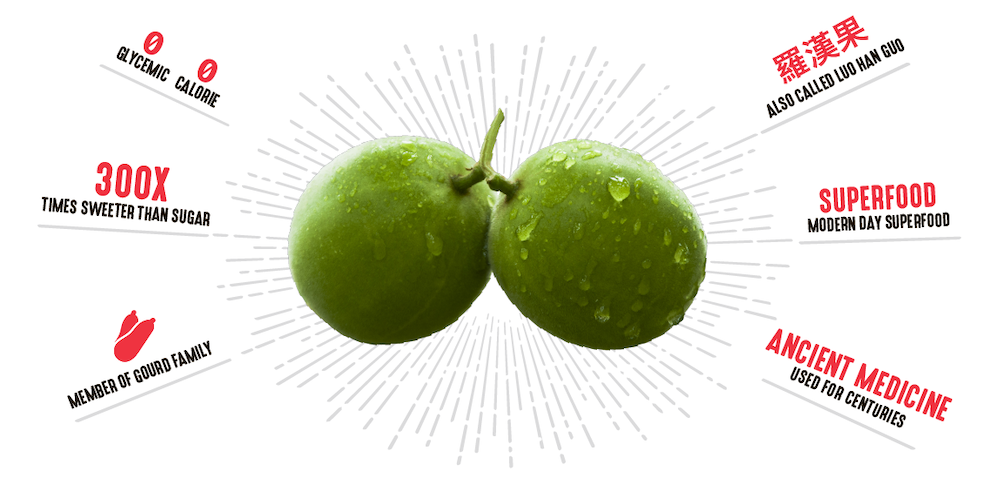
Learn more about our Monk Fruit at our Lakanto website.